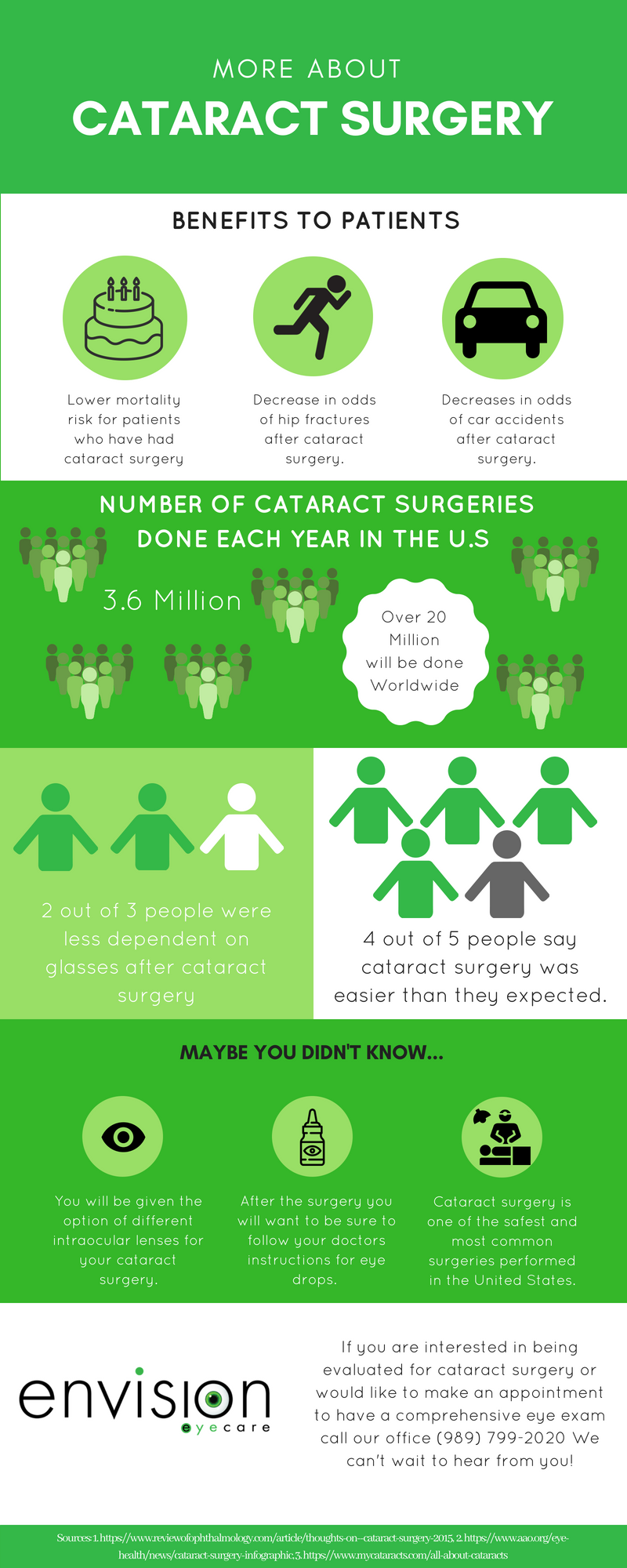Refractive Lens Exchange Uncovered: Key Facts Your Optometrist May Not Reveal
Refractive Lens Exchange Uncovered: Key Facts Your Optometrist May Not Reveal
Blog Article
Material Author-Sumner Dunlap
Have you ever before considered Refractive Lens Exchange (RLE) as a choice for vision correction? While it isn't as widely gone over as LASIK, RLE could be a game-changer for your vision. Lots of people overlook its benefits, assuming traditional approaches are their only choice. However what are the genuine benefits, and what might your ophthalmologist not be informing you regarding this treatment? Allow's explore the ins and outs of RLE together.
Understanding Refractive Lens Exchange: The Essentials
Refractive lens exchange (RLE) is a surgical procedure that can significantly boost your vision, particularly if you're handling presbyopia or extreme refractive mistakes.
During RLE, your eye surgeon removes your eye's natural lens and changes it with a synthetic one customized to your vision requires. This treatment can deal with nearsightedness, farsightedness, and astigmatism, offering you clearer vision without depending on glasses or get in touch with lenses.
The surgical procedure is usually quick, taking less than an hour, and most people experience minimal discomfort. Recovery is fairly quick, enabling you to go back to your daily tasks quickly after.
If you're thinking about RLE, speaking with your eye doctor can help you figure out if it's the right option for you.
Key Differences Between RLE and Typical Cataract Surgery
While both refractive lens exchange (RLE) and typical cataract surgery involve changing the eye's all-natural lens, their primary goals and individual profiles differ considerably.
RLE is targeted at people seeking to lower their dependence on glasses or call lenses because of refractive errors, often before cataracts develop. On the other hand, standard cataract surgical treatment usually targets patients who've developed cataracts, which cloud the lens and harm vision.
https://www.dovepress.com/a-randomized-fellow-eye-clinical-trial-to-evaluate-patient-preference--peer-reviewed-fulltext-article-OPTH used in RLE can offer a broader range of vision adjustment, while common cataract surgery typically includes standard monofocal lenses.
Furthermore, RLE candidates are frequently younger and in good general health, whereas cataract patients might be older and have various other health and wellness issues.
Choosing the right procedure relies on your particular vision demands and conditions.
Prospective Advantages and Considerations of RLE
If you're taking into consideration refractive lens exchange (RLE), you'll discover numerous potential advantages that may improve your lifestyle.
RLE can supply you with more clear vision, reducing or removing the requirement for glasses or get in touch with lenses. It offers a chance to resolve presbyopia and various other refractive errors concurrently, commonly boosting your overall visual acuity.
In addition, RLE can be a wonderful alternative if you're not an appropriate candidate for LASIK. Nonetheless, it is necessary to consider the considerations, like the price, potential threats, and the recovery period.
Discussing your particular requirements with your optometrist can assist you make an educated decision, guaranteeing you choose the best path for your vision improvement.
Final thought
In conclusion, refractive lens exchange provides a special solution for vision improvement that exceeds what LASIK can provide. It's vital to consider the advantages against prospective risks and expenses before deciding. Do not hesitate to ask your ophthalmologist the tough inquiries to guarantee you completely understand the treatment and its effects for your vision. With the right information, you can confidently pick the most effective alternative for your eyes and way of life.
